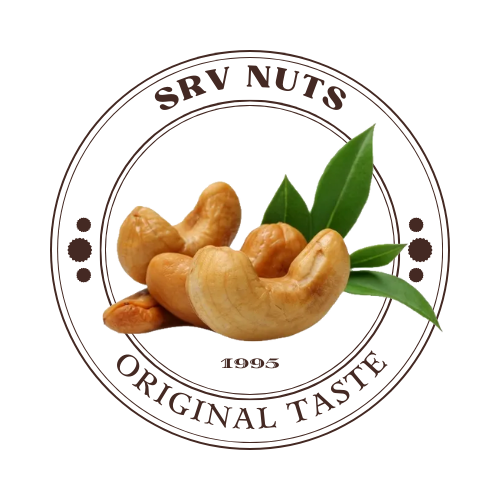DIY Nut Butter: A Step-by-Step Guide
Nut butter is a creamy and versatile addition to your pantry, perfect for spreading on toast, dipping fruit slices, or incorporating into various recipes. While store-bought nut butter is convenient, making your own allows you to control the ingredients and customize flavors to suit your preferences. In this step-by-step guide, we'll walk you through the process of creating delicious homemade nut butter.
Why Make Your Own Nut Butter?
Before we dive into the process, let's explore some of the compelling reasons to make your own nut butter:
- Control Over Ingredients: When you make your own nut butter, you can choose high-quality nuts and control the amount of salt and sweeteners added.
- Freshness: Homemade nut butter is incredibly fresh, allowing you to enjoy the full flavor and aroma of the nuts.
- Variety: You're not limited to just one type of nut butter. Get creative by mixing different nuts or adding flavorings like honey, cinnamon, or cocoa.
- Customization: Adjust the texture to your liking—whether you prefer it smooth and creamy or chunky and textured, it's entirely up to you!
Ingredients You'll Need:
- 2 cups of your choice of nuts (e.g., almonds, peanuts, cashews, or a combination)
- Optional: Salt, sweeteners (e.g., honey, maple syrup, or sugar), and flavorings (e.g., vanilla extract, cocoa powder, or cinnamon)
Equipment:
- Food processor or high-speed blender
- Spatula
- Airtight container for storage
Step 1: Roasting the Nuts (Optional)
Roasting the nuts enhances their flavor and releases natural oils, making it easier to achieve a creamy consistency in your nut butter.
- Preheat your oven to 350°F (175°C).
- Spread the nuts evenly on a baking sheet.
- Roast the nuts in the oven for about 10-15 minutes or until they become fragrant and lightly golden. Be sure to check and stir them occasionally to prevent over-browning.
- Allow the roasted nuts to cool slightly before proceeding.
Step 2: Blending the Nuts
Once your nuts are roasted and cooled (if you chose to roast them), it's time to start blending.
- Place the nuts in your food processor or high-speed blender. If you like, add a pinch of salt at this stage for flavor enhancement.
- Start blending on a low speed and gradually increase it. The nuts will go through several stages: crushed, finely chopped, and eventually, they'll form a paste. Be patient; this process can take anywhere from 5 to 15 minutes, depending on the type of nuts and your equipment.
- If you're adding sweeteners or flavorings, add them in gradually during the blending process, and continue to process until you achieve your desired consistency and flavor.
Step 3: Check the Texture
Pause occasionally to scrape down the sides of the food processor or blender with a spatula to ensure even blending.
- For smooth nut butter, continue blending until the mixture is creamy and homogeneous.
- For chunky nut butter, pulse the mixture a few times after reaching the desired consistency to incorporate some nutty texture.
Step 4: Storage
Transfer your freshly made nut butter into an airtight container. Make sure it's completely cooled before sealing the container.
Step 5: Enjoy!
Your homemade nut butter is now ready to be savored. Spread it on toast, use it as a dip for fruits and vegetables, or incorporate it into your favorite recipes.
Storage Tips:
- Store your homemade nut butter in the refrigerator for up to two weeks to maintain freshness.
- Stir the nut butter before each use, as natural oils may separate over time.
Conclusion: A Nutty Adventure in DIY Nut Butter
Making your own nut butter is a rewarding and delicious experience. Not only do you have control over the ingredients, but you also get to enjoy the satisfaction of creating something wholesome from scratch. Whether you choose to keep it classic with plain almond or peanut butter or explore unique flavor combinations, homemade nut butter is a delightful addition to any kitchen. So, roll up your sleeves, get your favorite nuts ready, and embark on a nutty adventure in DIY nut butter making—you won't be disappointed!
